Extensive architecture atlas charts unseen France
Eric Tabuchi and Nelly Monnier’s Atlas des Régions Naturelles – a website and a book – celebrates building variety in French architecture
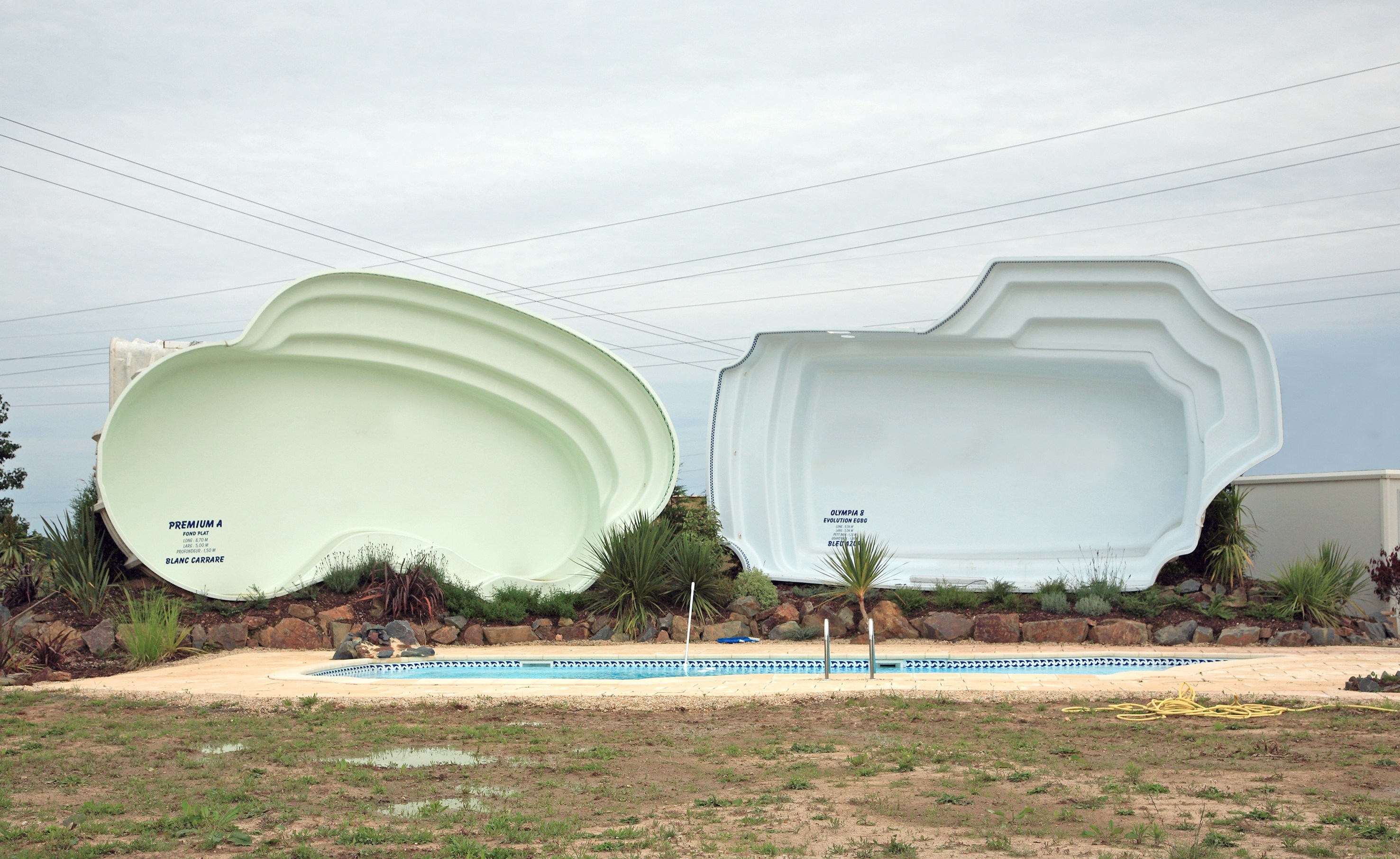
Eric Tabuchi and Nelly Monnier’s Atlas des Régions Naturelles is celebrating a year online. The massive project is a unique architecture atlas; an epic feat of photographic categorisation that aims to chronicle every vernacular form of French architecture, construction, and landscape. The contemporary architectural photography series is arranged according to the country’s 13 regions, then into the much more loose and historic divisions of départements and arrondissements, making a total of around 450 districts in all.
Tabuchi and Monnier began their project in 2017 and intend to take 50 photographs in each of these districts, building up to a total of 22,500 images after a decade or so of work. The ultimate goal is to create an overview of the diversity of buildings and landscapes of France in the early years of the 21st century.
Atlas des Régions Naturelles: a French architecture atlas
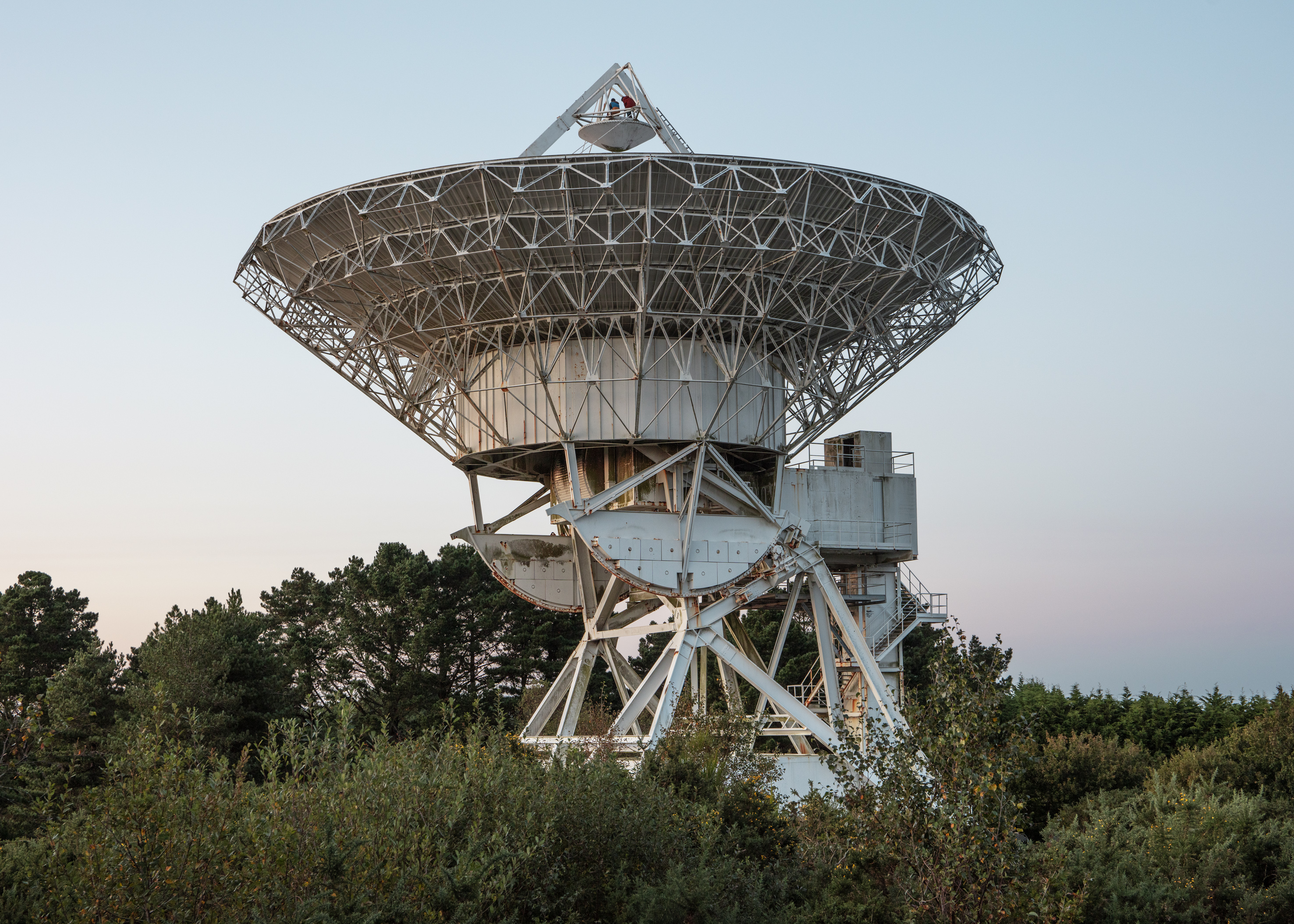
Plemuer-Bodou. Photography: courtesy of Eric Tabuchi and Nelly Monnier, from Atlas des Régions Naturelles
The project is efficiently and intriguingly tracked on the duo’s website. Visitors are presented with a subdivided map of the country and a list of categories, ranging from era to building material, and taking in a comprehensive swathe of the built environment, from places of worship to movie theatres, signage to wasteland, ponds to bankruptcies. Click on a few categories, refresh the search, and your screen fills up with a rich tapestry of architecture, from the banal to the acclaimed, the overlooked to the familiar. As well as searching by location and theme, you can also sift by shape, colour, and series.
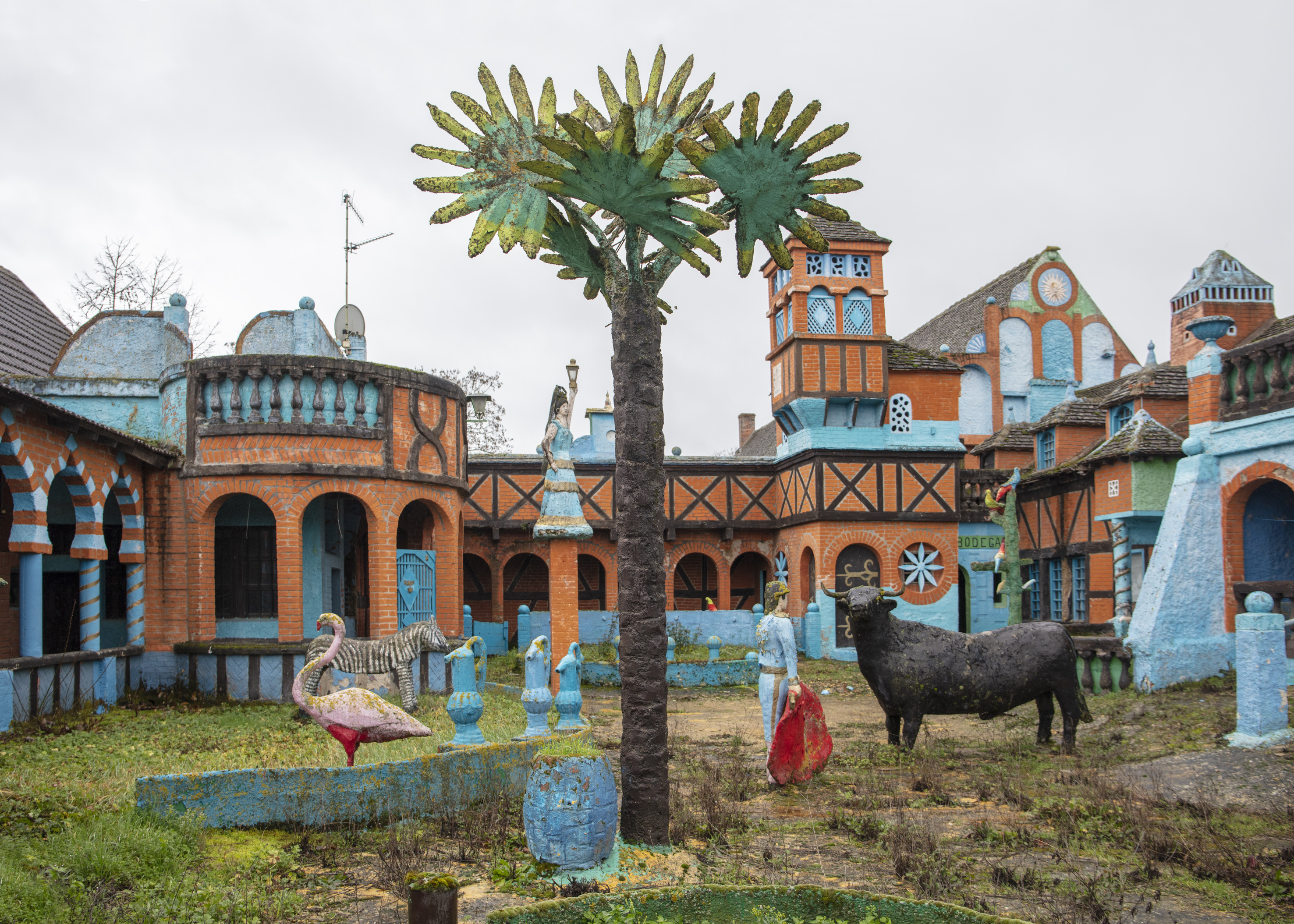
Damerey. Photography: courtesy of Eric Tabuchi and Nelly Monnier, from Atlas des Régions Naturelles
The site launched with 12,000 photographs, shaped by the details set out in Frédéric Ziegerman’s two-volume book, Le Guide des Pays de France (1999). The project is accompanied by a book, the first volume of the atlas in physical form. Although it contains a fraction of the project’s tens of thousands of photographs, L’Atlas des Régions Naturelles Vol. 1’s 384 pages are the best place to appreciate the clarity of Tabuchi and Monnier’s photographic approach. The framing, tones, and lighting gives an uncanny homogeneity to structures that are scattered across France’s 632,734 square kilometres; you can also buy prints from the website.
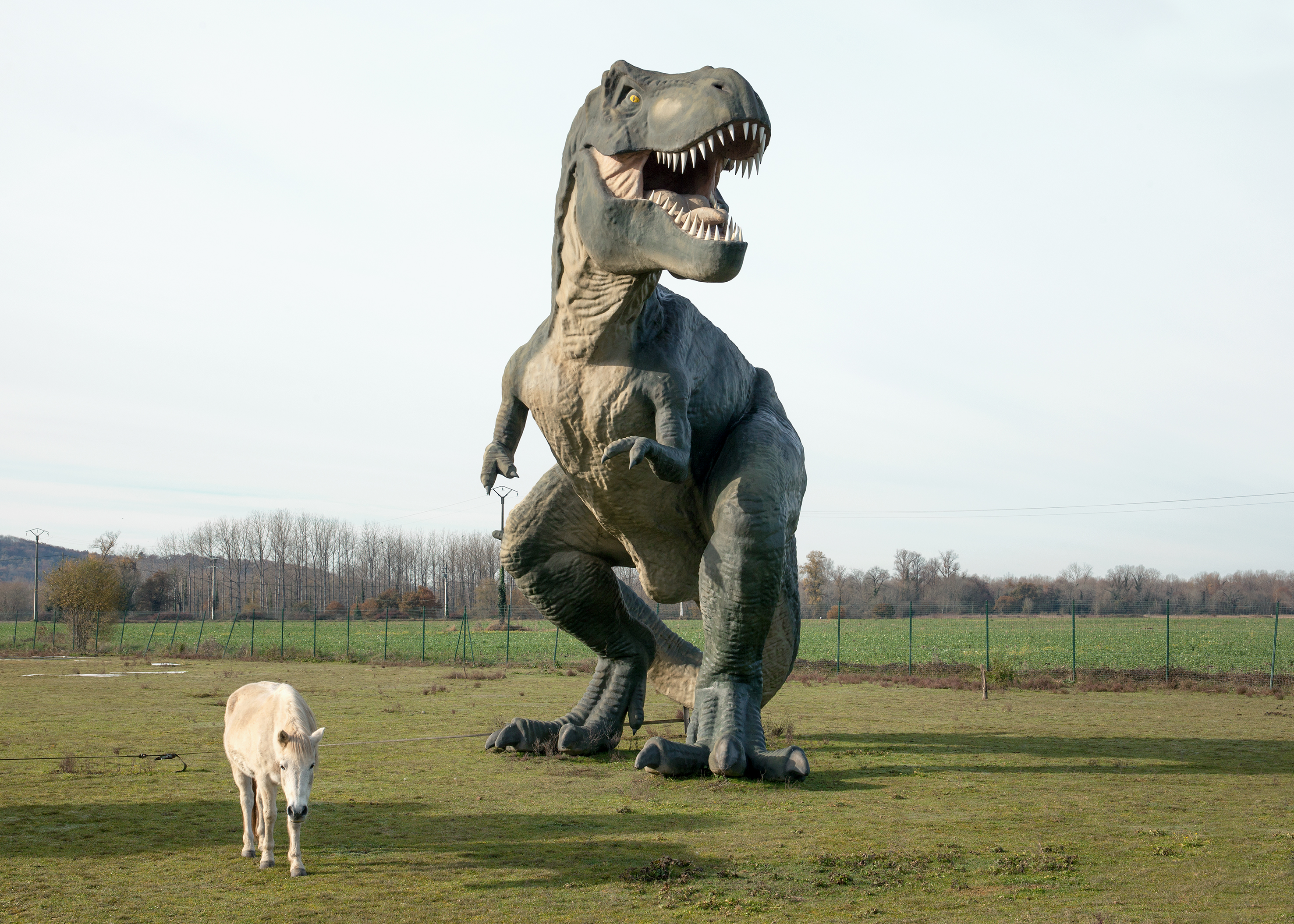
Denguin. Photography: courtesy of Eric Tabuchi and Nelly Monnier, from Atlas des Régions Naturelles
There are obvious parallels with the industrial archaeology undertaken by the celebrated German photographers Bernd and Hilla Becher, certainly in the way that typologies are collected and framed in such a way as to emphasise similarities and difference simultaneously. This architecture guide goes further, perhaps, using the sorting power of the website to let viewers create their own catalogues and make their own connections as they travel virtually through the Gallic hinterlands.
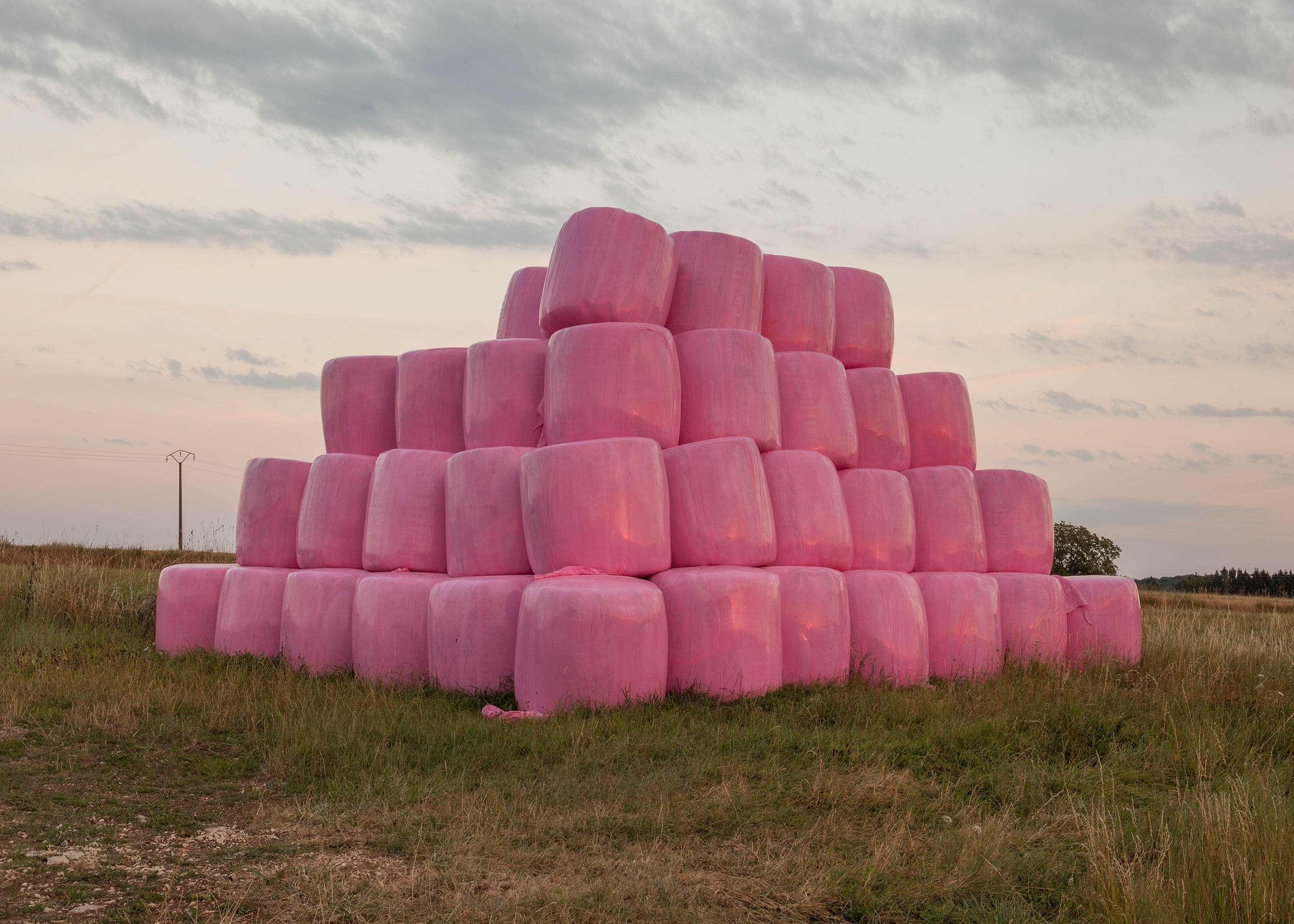
Dolois. Photography: courtesy of Eric Tabuchi and Nelly Monnier, from Atlas des Régions Naturelles
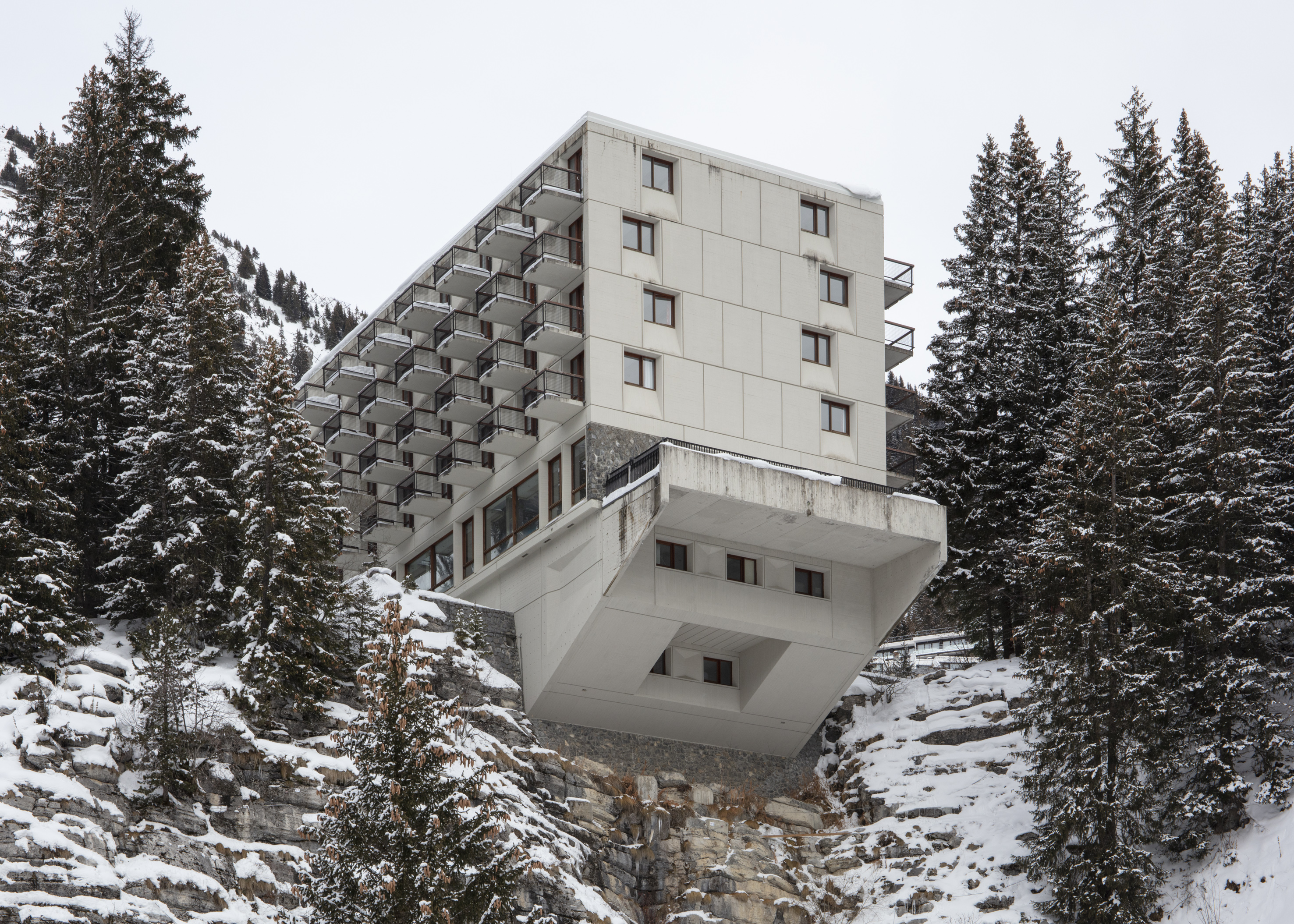
Flaine. Photography: courtesy of Eric Tabuchi and Nelly Monnier, from Atlas des Régions Naturelles
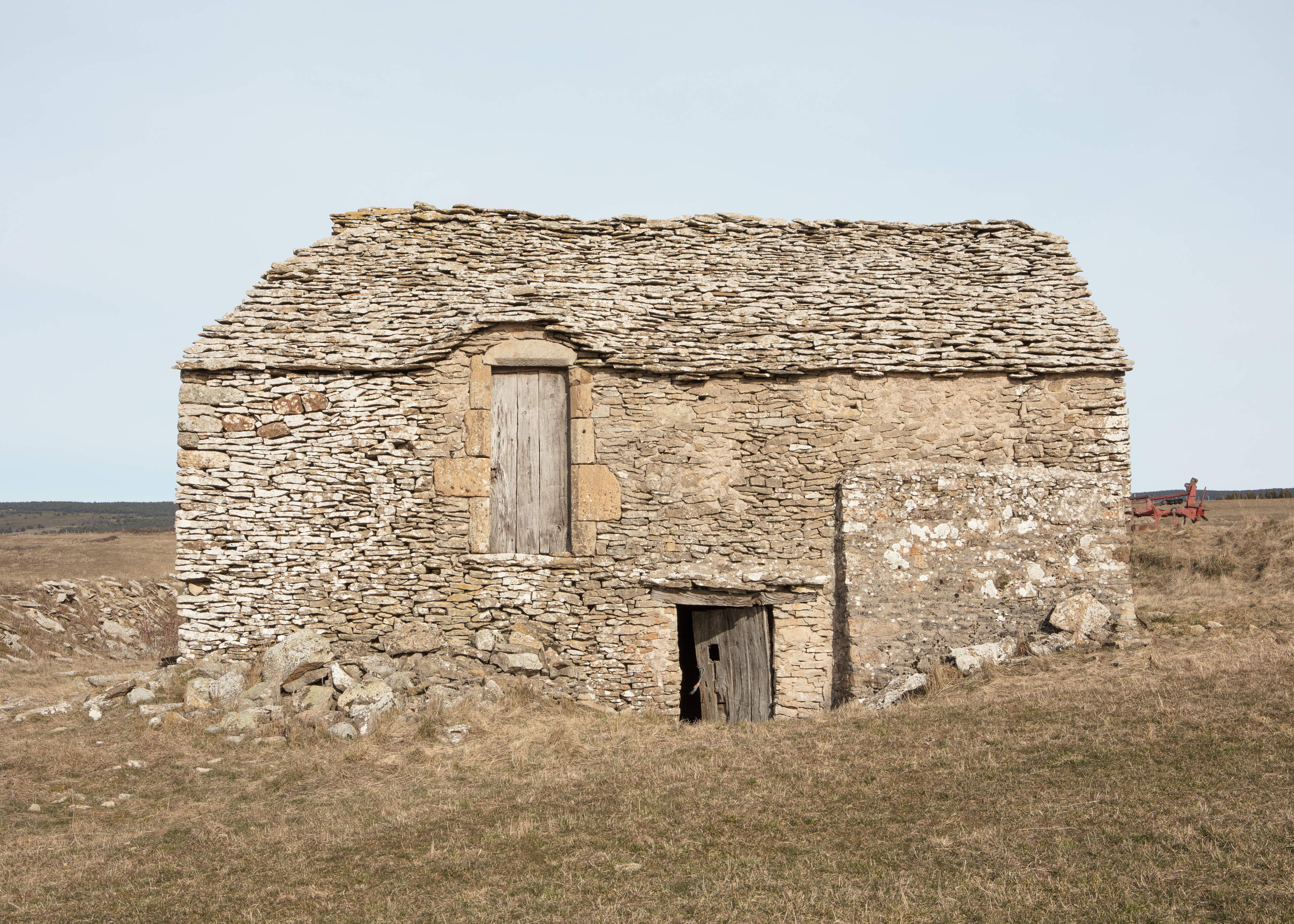
Les Bondons. Photography: courtesy of Eric Tabuchi and Nelly Monnier, from Atlas des Régions Naturelles
INFORMATION
Archive ARN, archive-arn.fr
Receive our daily digest of inspiration, escapism and design stories from around the world direct to your inbox.
Atelier ARN, atelier-arn.fr
ARN vol.1, Eric Tabuchi et Nelly Monnier, poursuite-editions.org, €39
Jonathan Bell has written for Wallpaper* magazine since 1999, covering everything from architecture and transport design to books, tech and graphic design. He is now the magazine’s Transport and Technology Editor. Jonathan has written and edited 15 books, including Concept Car Design, 21st Century House, and The New Modern House. He is also the host of Wallpaper’s first podcast.
-
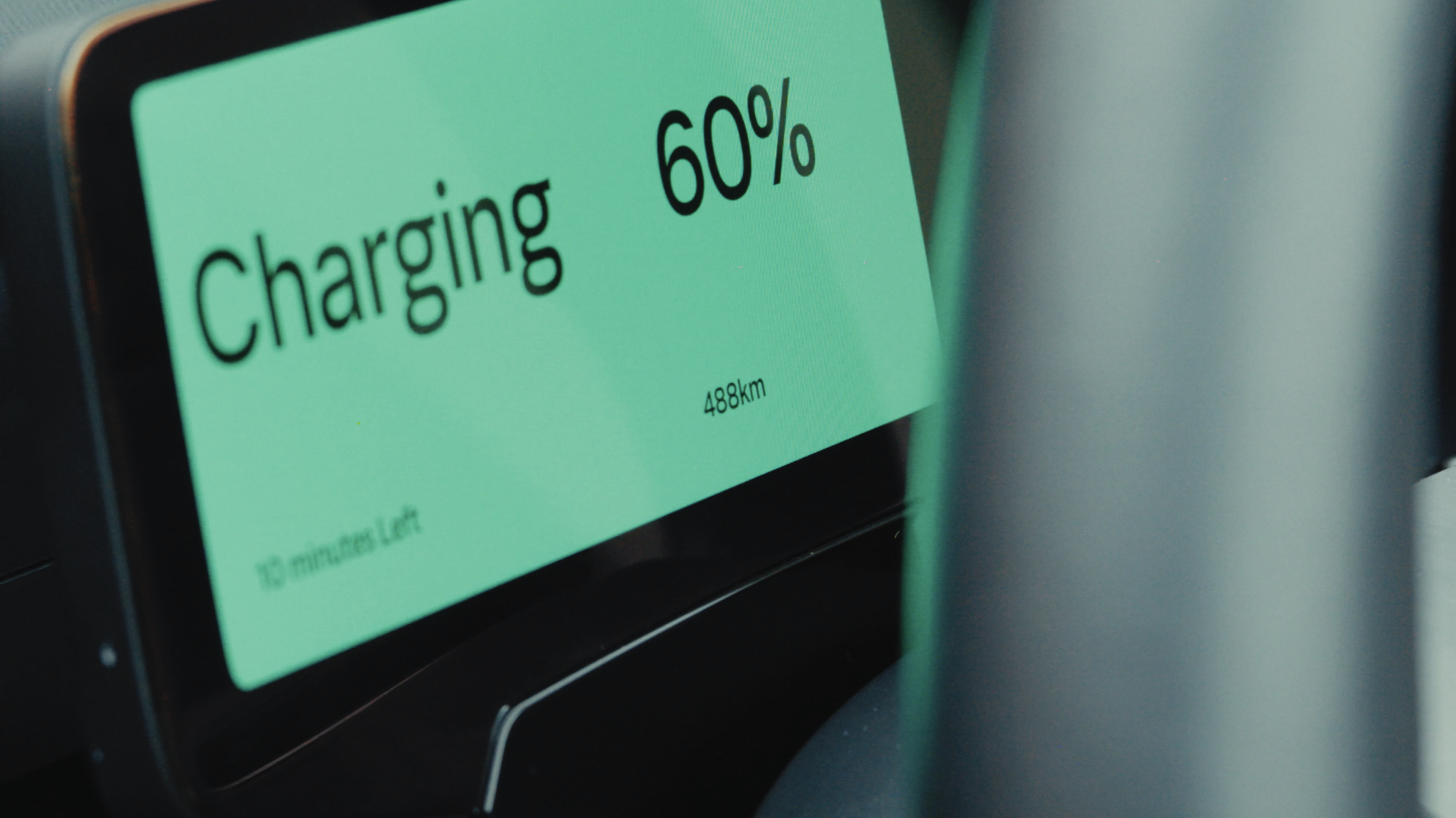 Volvo’s quest for safety has resulted in this new, ultra-legible in-car typeface, Volvo Centum
Volvo’s quest for safety has resulted in this new, ultra-legible in-car typeface, Volvo CentumDalton Maag designs a new sans serif typeface for the Swedish carmaker, Volvo Centum, building on the brand’s strong safety ethos
-
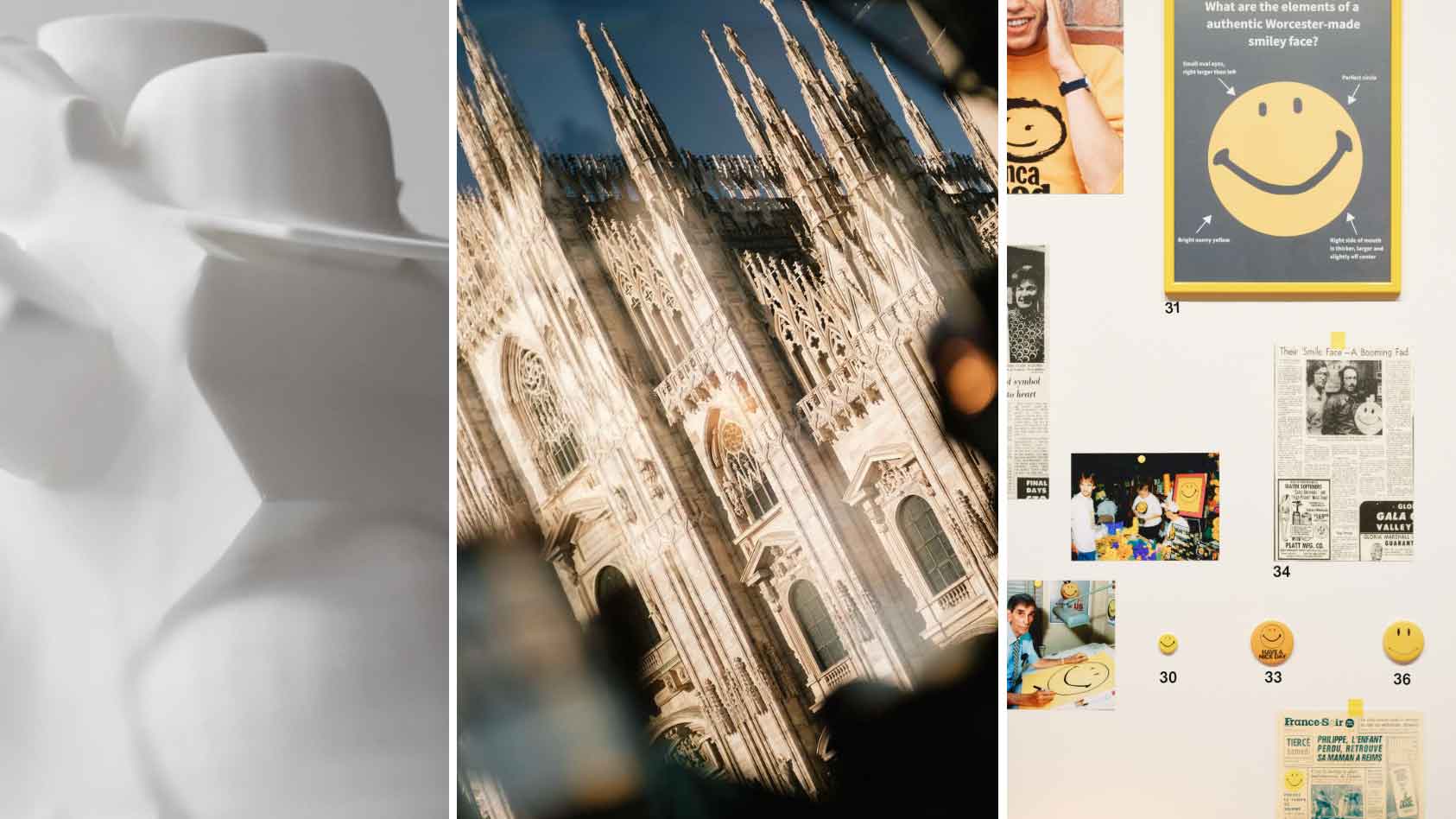 We asked six creative leaders to tell us their design predictions for the year ahead
We asked six creative leaders to tell us their design predictions for the year aheadWhat will be the trends shaping the design world in 2026? Six creative leaders share their creative predictions for next year, alongside some wise advice: be present, connect, embrace AI
-
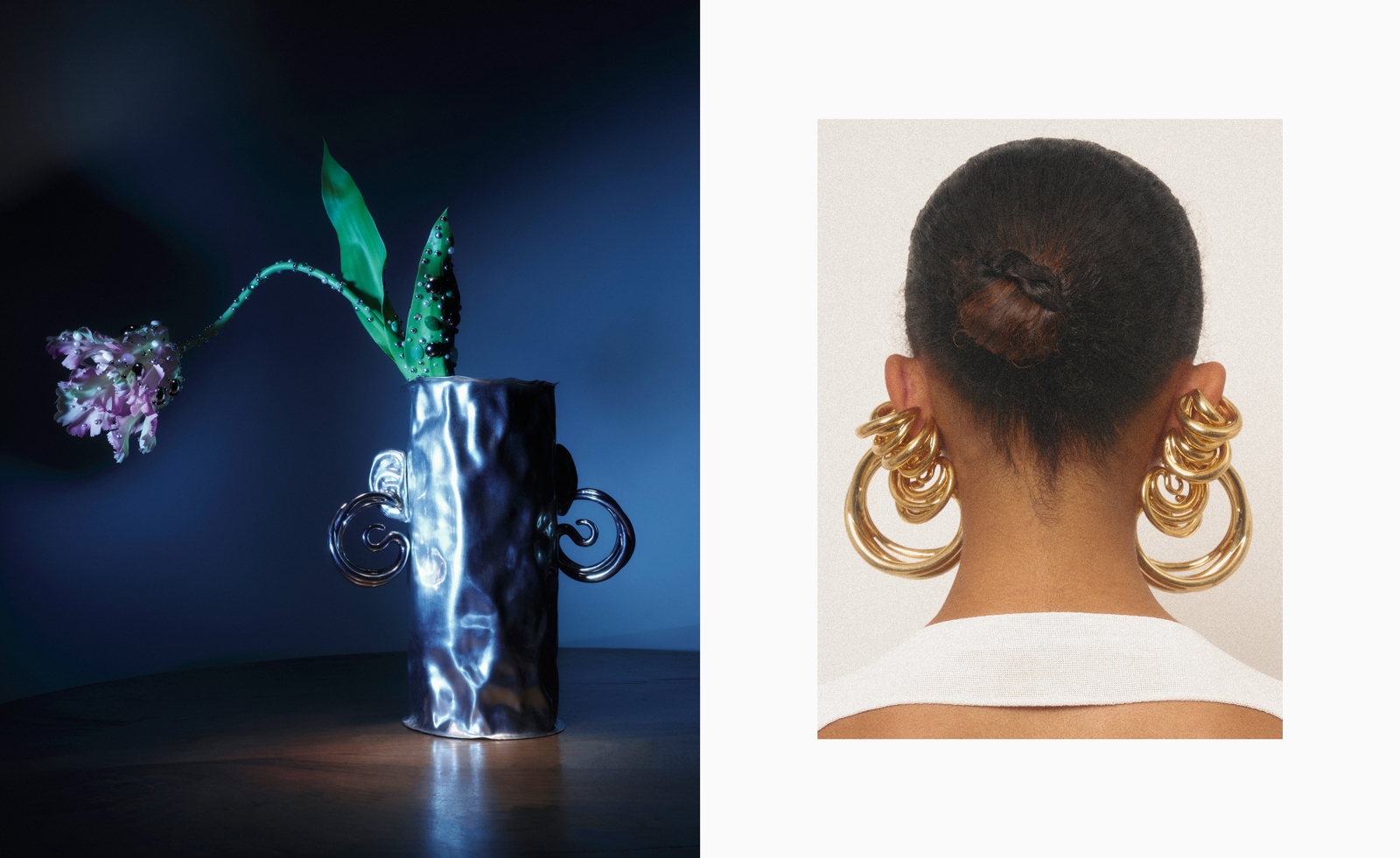 10 watch and jewellery moments that dazzled us in 2025
10 watch and jewellery moments that dazzled us in 2025From unexpected watch collaborations to eclectic materials and offbeat designs, here are the watch and jewellery moments we enjoyed this year
-
 David Kohn’s first book, ‘Stages’, is unpredictable, experimental and informative
David Kohn’s first book, ‘Stages’, is unpredictable, experimental and informativeThe first book on David Kohn Architects focuses on the work of the award-winning London-based practice; ‘Stages’ is an innovative monograph in 12 parts
-
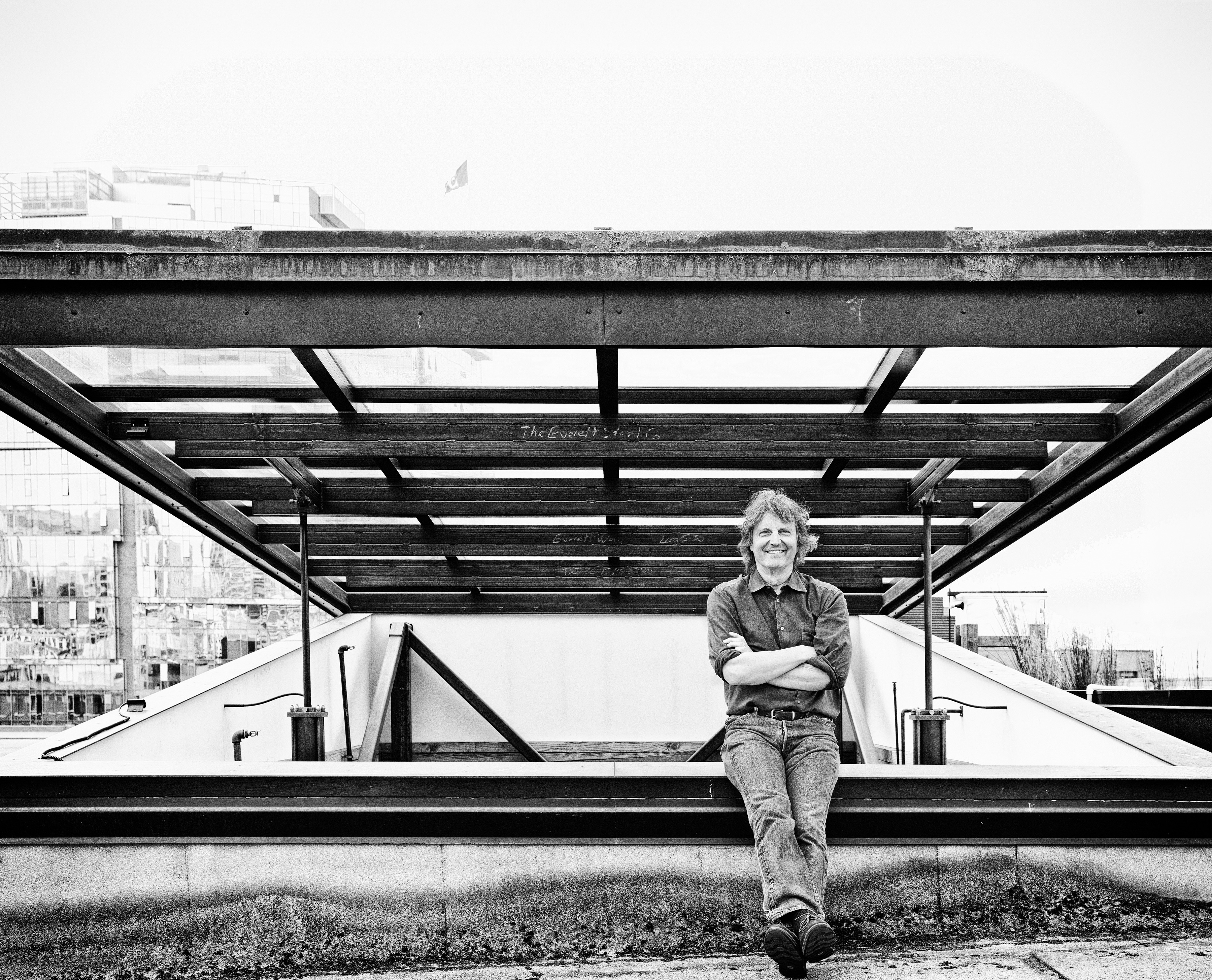 Explore Tom Kundig’s unusual houses, from studios on wheels to cabins slotted into boulders
Explore Tom Kundig’s unusual houses, from studios on wheels to cabins slotted into bouldersThe American architect’s entire residential portfolio is the subject of a comprehensive new book, ‘Tom Kundig: Complete Houses’
-
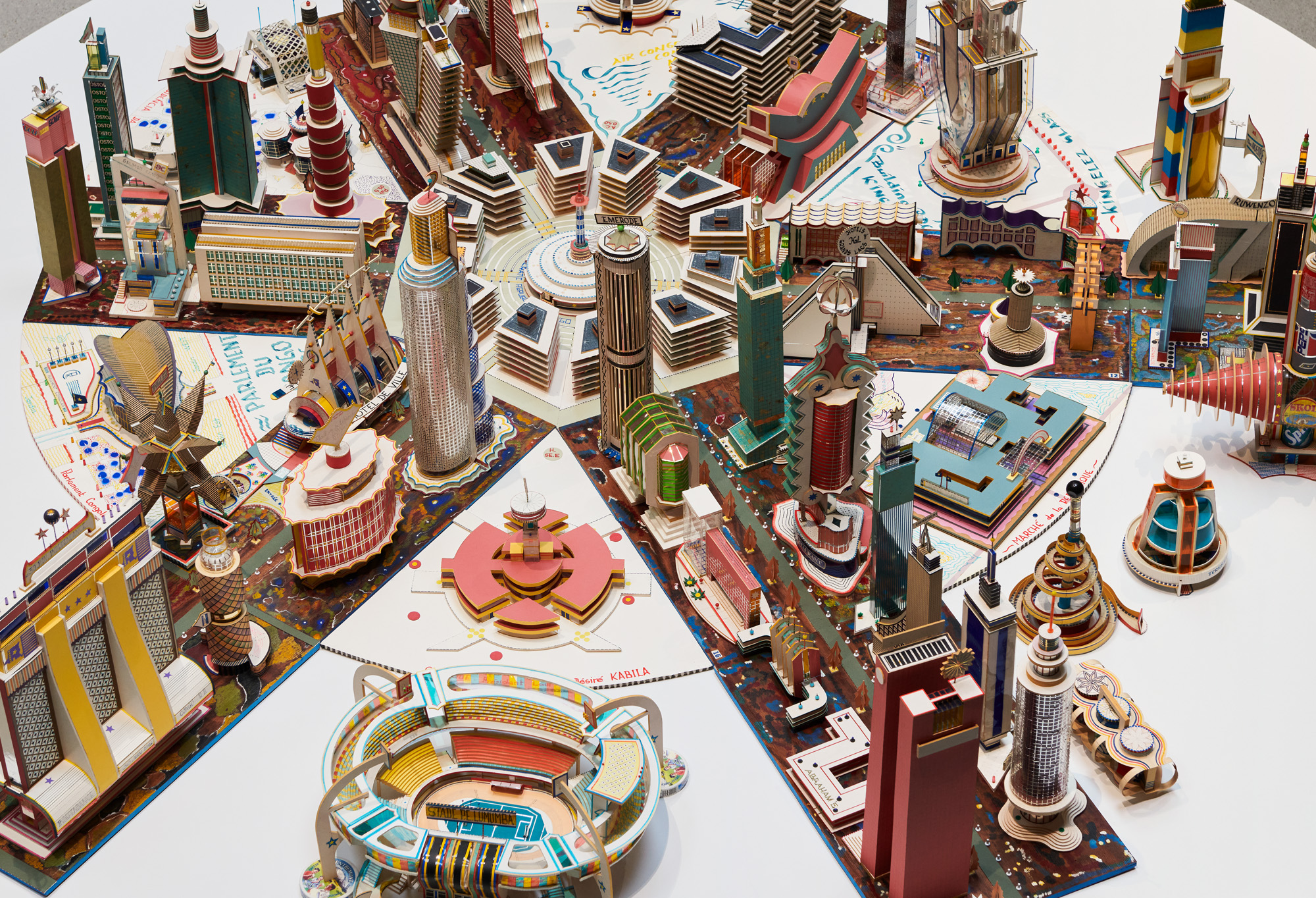 ‘You have to be courageous and experimental’: inside Fondation Cartier’s new home
‘You have to be courageous and experimental’: inside Fondation Cartier’s new homeFondation Cartier pour l'art contemporain in Paris invites us into its new home, a movable feast expertly designed by Jean Nouvel
-
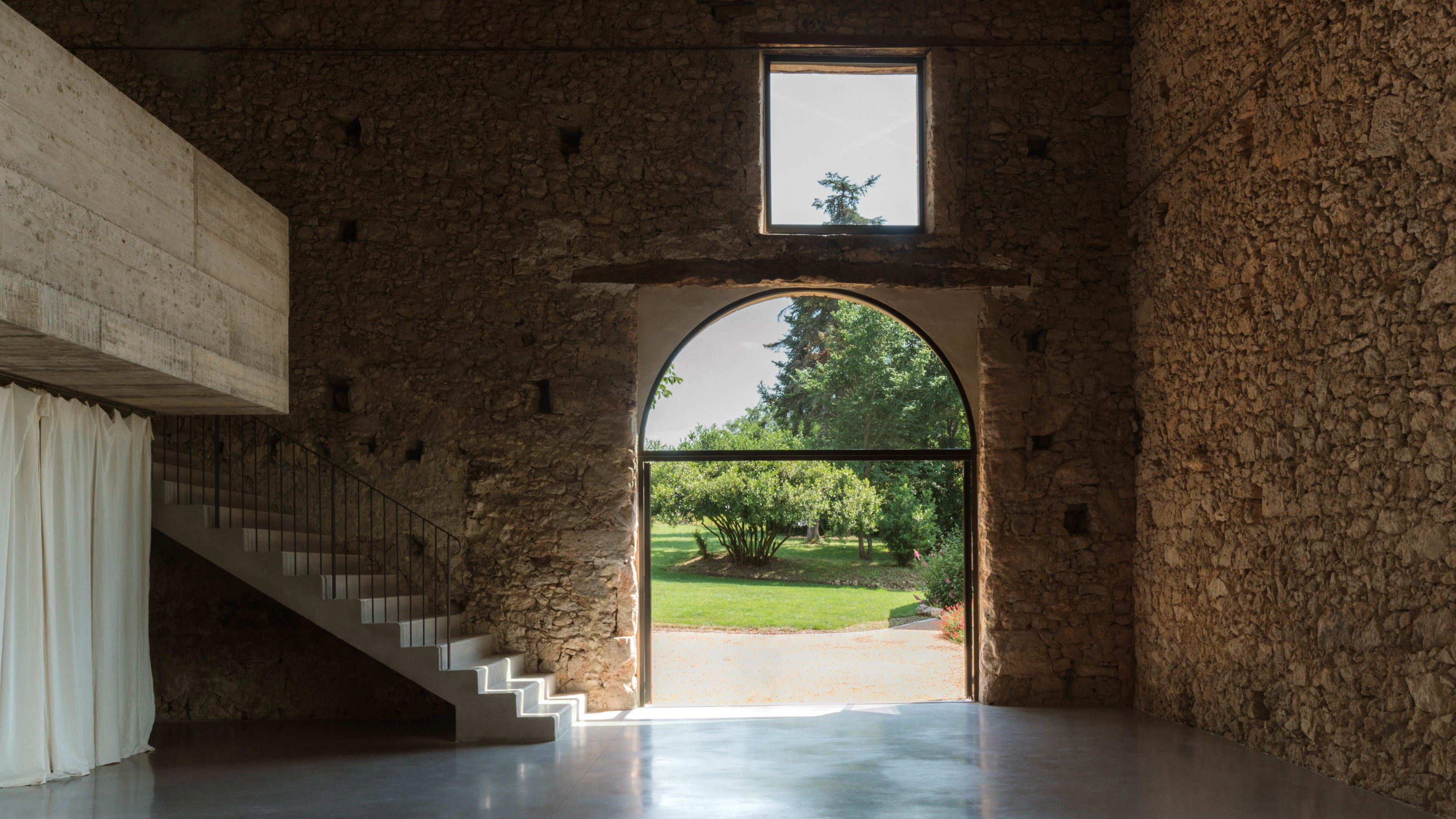 A wellness retreat in south-west France blends rural charm with contemporary concrete
A wellness retreat in south-west France blends rural charm with contemporary concreteBindloss Dawes has completed the Amassa Retreat in Gascony, restoring and upgrading an ancient barn with sensitive modern updates to create a serene yoga studio
-
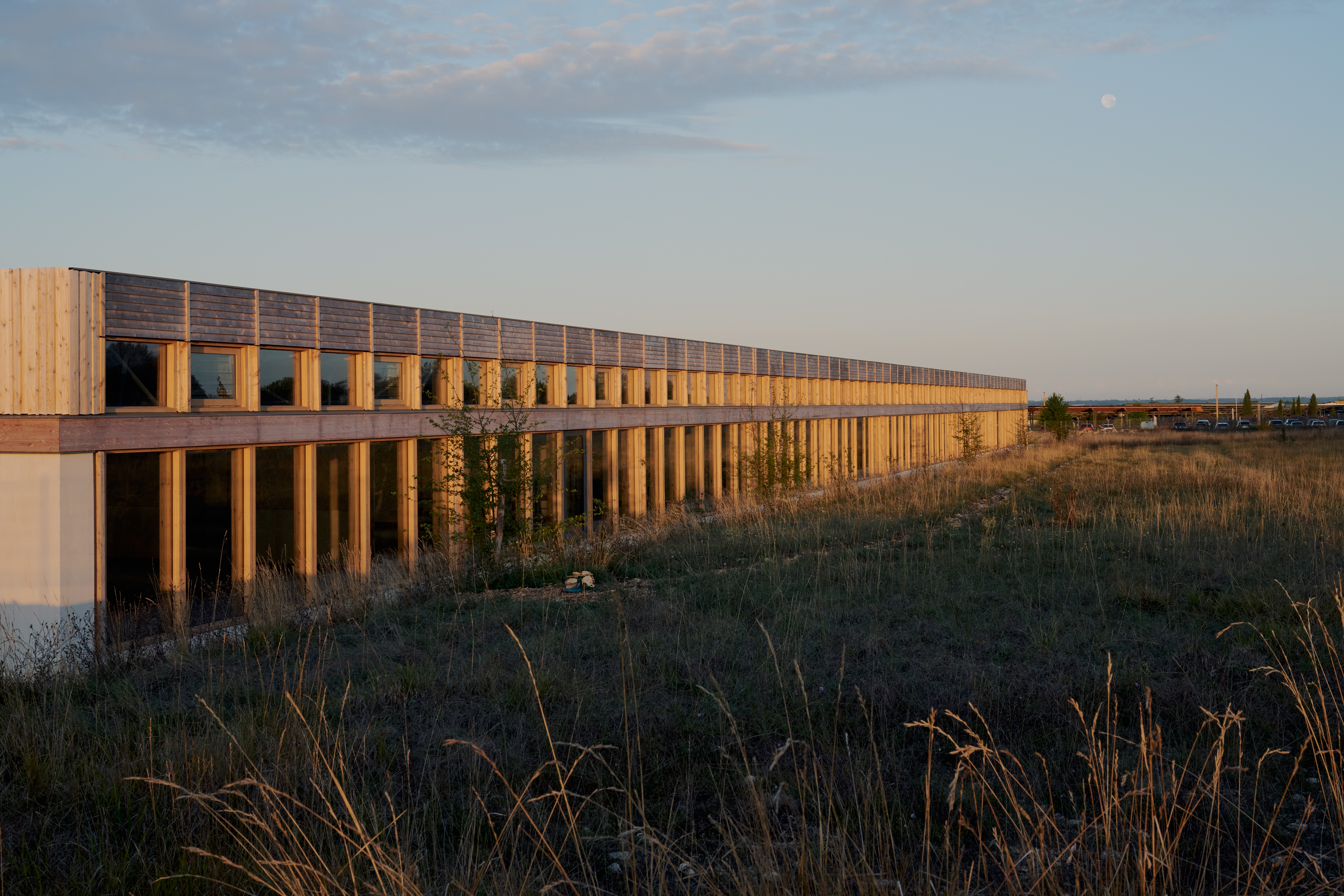 Explore the new Hermès workshop, a building designed for 'things that are not to be rushed'
Explore the new Hermès workshop, a building designed for 'things that are not to be rushed'In France, a new Hermès workshop for leather goods in the hamlet of L'Isle-d'Espagnac was conceived for taking things slow, flying the flag for the brand's craft-based approach
-
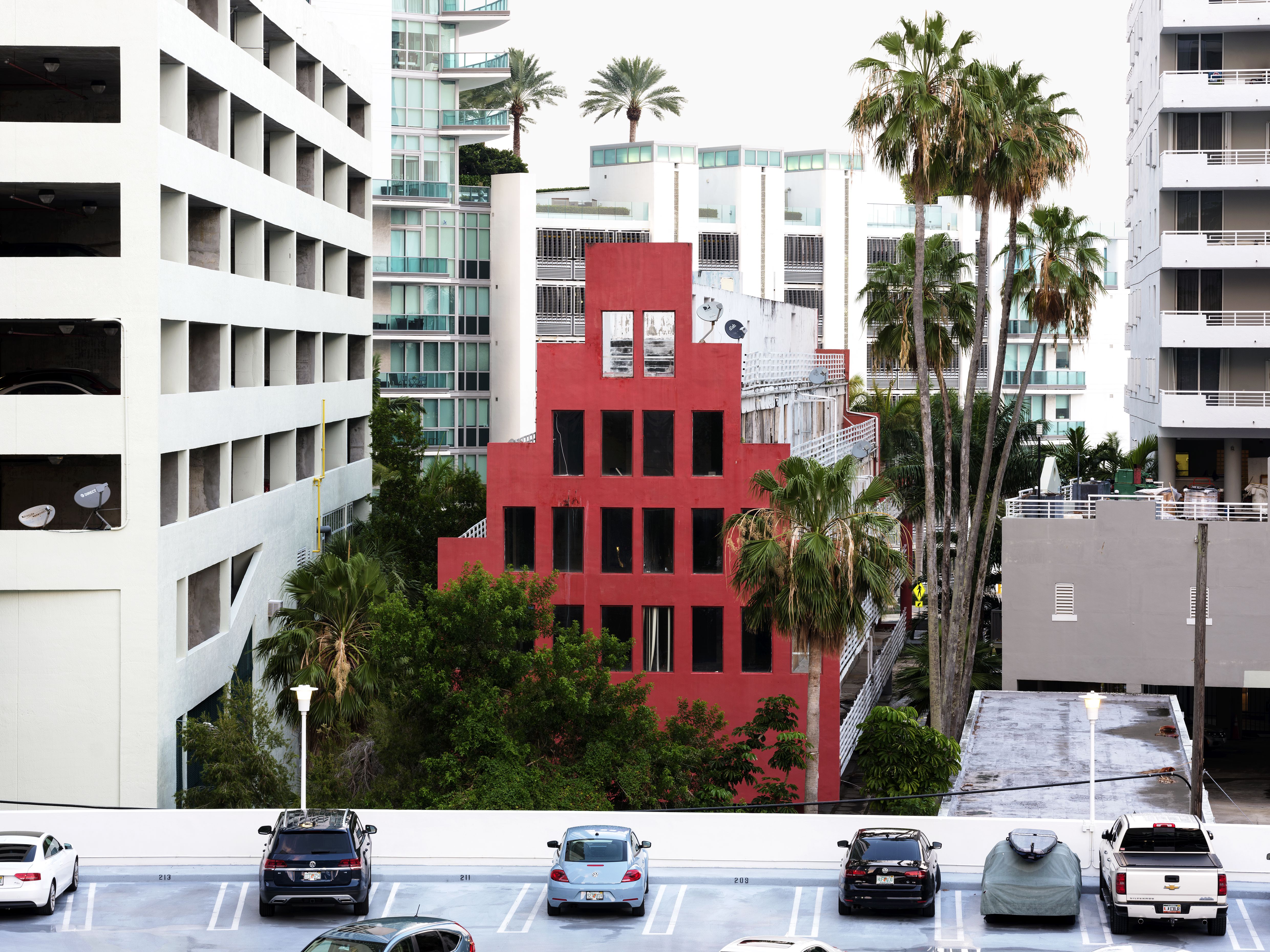 Max Creasy on the future of architectural photography and a shift to the ‘snapshot’
Max Creasy on the future of architectural photography and a shift to the ‘snapshot’A show of photographer Max Creasy’s work opens at the AA in London, asking a key question: where is contemporary architectural photography heading?
-
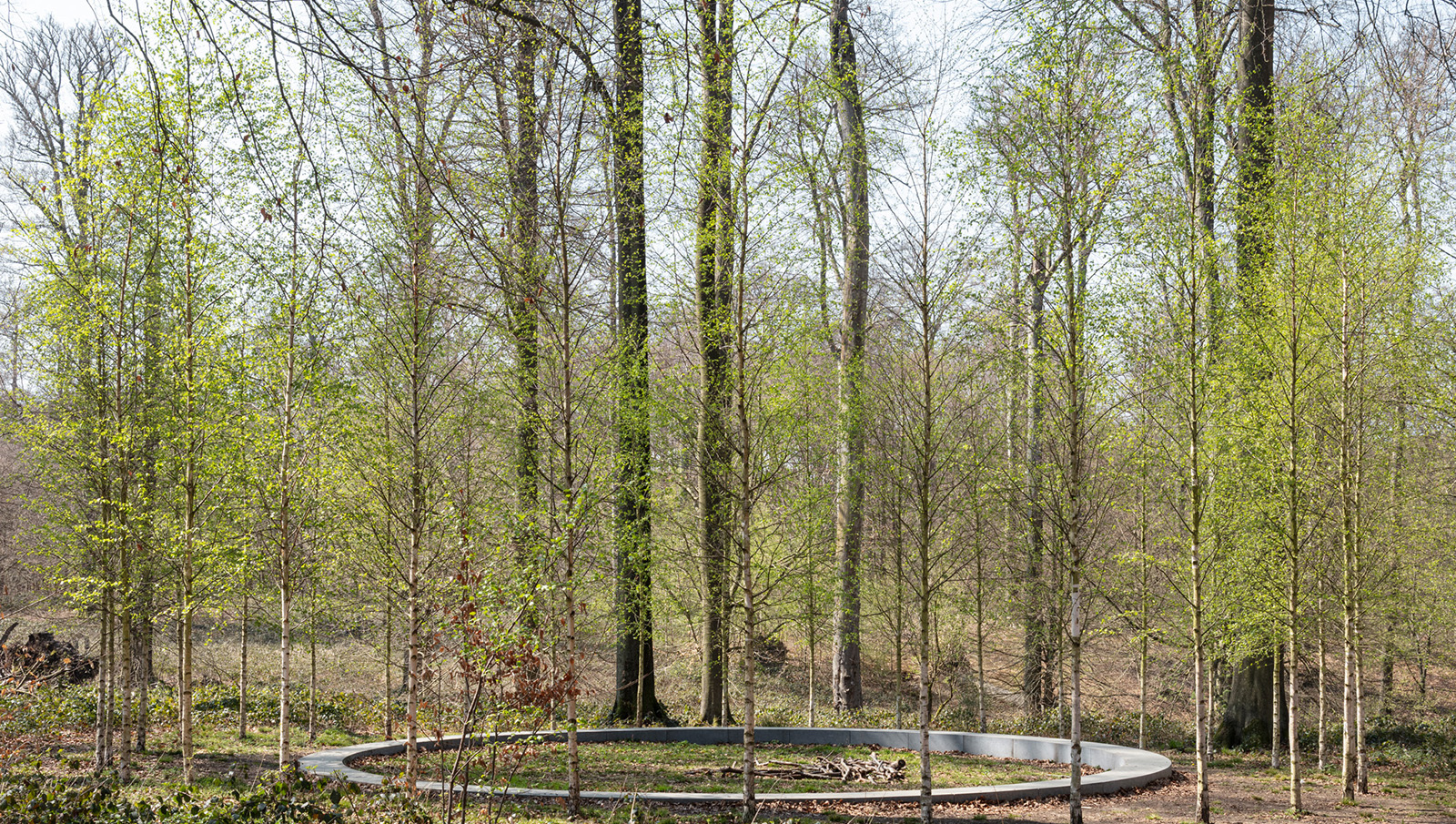 ‘Landscape architecture is the queen of science’: Emanuele Coccia in conversation with Bas Smets
‘Landscape architecture is the queen of science’: Emanuele Coccia in conversation with Bas SmetsItalian philosopher Emanuele Coccia meets Belgian landscape architect Bas Smets to discuss nature, cities and ‘biospheric thinking’
-
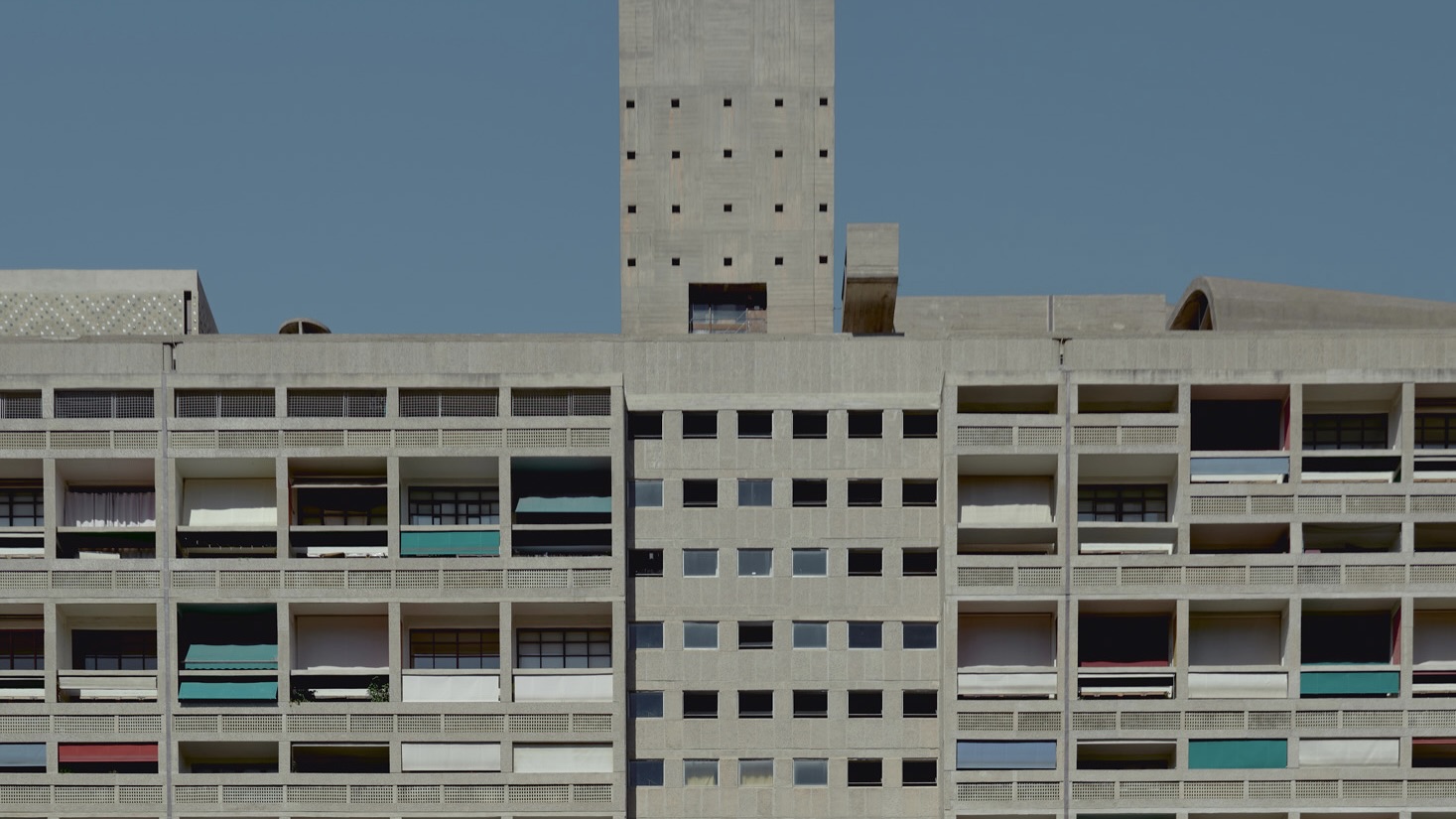 An apartment is for sale within Cité Radieuse, Le Corbusier’s iconic brutalist landmark
An apartment is for sale within Cité Radieuse, Le Corbusier’s iconic brutalist landmarkOnce a radical experiment in urban living, Cité Radieuse remains a beacon of brutalist architecture. Now, a coveted duplex within its walls has come on the market